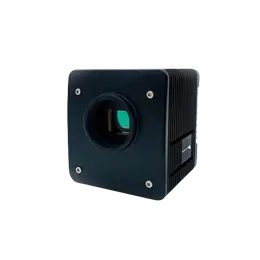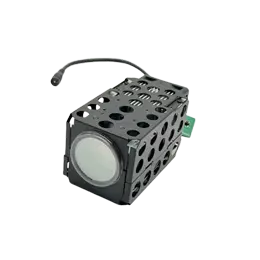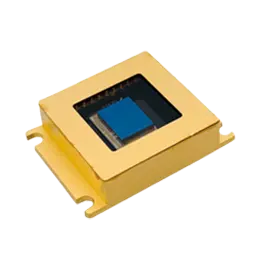
In today's globalized world, ensuring security across borders has become a paramount concern for nations worldwide. As the need for enhanced detection capabilities rises, technology has stepped in to offer advanced solutions. One such groundbreaking technology revolutionizing the field of border control and homeland security is the InGaAs image sensor. In this blog, we will delve into the profound impact this technology has had in bolstering security measures beyond borders.
Allow us to introduce the InGaAs image sensor, a cutting-edge semiconductor device revolutionizing the field of security and surveillance. The term InGaAs represents indium gallium arsenide, the base material used to manufacture these sensors. Unlike traditional silicon-based sensors that can only detect visible light, InGaAs sensors excel in detecting infrared (IR) light, which is crucial for capturing images in low-light or no-light environments.
The extraordinary detection capabilities of InGaAs image sensors have proven invaluable in border control and homeland security applications. By detecting infrared radiation emitted by objects and individuals, InGaAs image sensors can overcome challenges faced by traditional sensors, such as fog, dust, or other atmospheric conditions. With the ability to see beyond the naked eye, these sensors provide unparalleled visibility, especially in low-visibility situations, empowering security personnel to detect potential threats effectively.
The image sensor applications of InGaAs image sensors has substantially transformed border control practices. First and foremost, these sensors aid in identifying individuals attempting to cross borders under the cover of darkness or obscure conditions. With their ability to capture high-resolution images in low-light environments, InGaAs image sensors enable security agencies to monitor and screen individuals effectively, strengthening border control measures and preventing illegal activities. Additionally, they play a crucial role in identifying hidden or concealed objects, enhancing the ability to detect contraband items such as drugs or weapons.
InGaAs Image sensors have also made significant contributions to the field of homeland security. By equipping surveillance systems with InGaAs-based cameras, security agencies can actively monitor critical infrastructure, including airports, seaports, and transportation hubs, round the clock. The ability to detect heat signatures and identify unusual thermal patterns allows for proactive threat identification, preventing potential security breaches. Moreover, InGaAs Image sensors find utility in monitoring chemical plants, power stations, and nuclear facilities, where accurate and rapid detection of heat or chemical signatures is crucial for safeguarding critical infrastructures.
In conclusion, the InGaAs image sensor technology has revolutionized the field of border control and homeland security. With their unparalleled ability to detect infrared radiation, InGaAs sensors provide enhanced detection capabilities in low-light and obscured environments, making them indispensable tools for security agencies worldwide. By bolstering border control practices and advancing homeland security measures, InGaAs sensors offer a promising future for securing our borders and ensuring the safety of nations.



